Rising Health Awareness
The increasing awareness of health and wellness among consumers is a pivotal driver for the low fat-yogurt market. As individuals become more conscious of their dietary choices, the demand for low fat options has surged. According to recent data, approximately 60% of consumers actively seek low fat products as part of their health-conscious lifestyle. This trend is particularly pronounced among younger demographics, who prioritize nutritional value and calorie control. The low fat-yogurt market is thus experiencing a notable shift, with brands adapting their offerings to cater to this growing segment. The emphasis on low fat content aligns with broader dietary trends, such as reduced sugar intake and increased protein consumption, further propelling market growth. As health awareness continues to rise, the low fat-yogurt market is likely to expand, driven by consumer preferences for healthier alternatives.
Increased Demand for Convenient Snacks
The fast-paced lifestyle of consumers in the US has led to a heightened demand for convenient and portable snack options, significantly impacting the low fat-yogurt market. As busy schedules leave little time for traditional meals, low fat yogurt serves as an ideal on-the-go snack, providing essential nutrients without excessive calories. Recent surveys indicate that nearly 45% of consumers prefer snacks that are easy to consume and nutritious. This trend has prompted manufacturers to innovate packaging and portion sizes, making low fat yogurt more accessible. The low fat-yogurt market is thus adapting to these consumer needs by offering single-serve containers and ready-to-eat formats. This shift not only caters to convenience but also aligns with the growing trend of mindful snacking, where consumers seek healthier options that fit seamlessly into their daily routines.
Influence of Social Media and Marketing
The role of social media in shaping consumer preferences cannot be understated, particularly in the low fat-yogurt market. Influencers and health advocates frequently promote low fat yogurt as a staple in healthy diets, driving awareness and interest among their followers. This digital marketing strategy appears to resonate well, as studies indicate that 70% of consumers are influenced by social media when making food choices. The low fat-yogurt market is leveraging this trend by engaging with consumers through targeted campaigns and interactive content. Brands are increasingly utilizing platforms like Instagram and TikTok to showcase recipes, health benefits, and lifestyle integration, thereby enhancing brand visibility and consumer engagement. This dynamic marketing approach is likely to continue shaping the market landscape, as brands strive to connect with a digitally-savvy audience.
Regulatory Support for Healthier Food Options
Government initiatives aimed at promoting healthier eating habits are playing a crucial role in the low fat-yogurt market. Policies encouraging reduced fat and sugar content in food products are influencing consumer choices and driving demand for low fat alternatives. Recent regulations have emphasized the importance of nutritional labeling, making it easier for consumers to identify healthier options. The low fat-yogurt market benefits from these regulatory frameworks, as they align with public health goals and consumer preferences for transparency. Additionally, educational campaigns funded by government bodies are raising awareness about the benefits of low fat diets, further supporting market growth. As these initiatives continue to evolve, they are likely to foster an environment conducive to the expansion of the low fat-yogurt market.
Growing Popularity of Plant-Based Alternatives
The rise of plant-based diets has emerged as a significant driver for the low fat-yogurt market. As more consumers adopt vegetarian and vegan lifestyles, the demand for dairy alternatives has surged. Plant-based low fat yogurts, made from ingredients such as almond, coconut, and soy, are gaining traction among health-conscious individuals. Market data suggests that the plant-based yogurt segment is expected to grow at a CAGR of 15% over the next five years. This trend is reshaping the low fat-yogurt market, as traditional dairy brands are expanding their product lines to include plant-based options. The appeal of these alternatives lies in their perceived health benefits and lower environmental impact, which resonate with a growing segment of consumers who prioritize sustainability in their food choices.


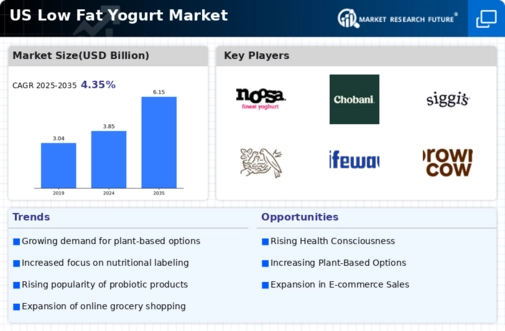
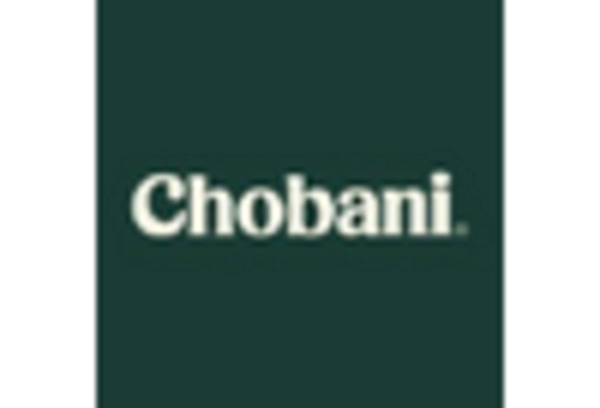
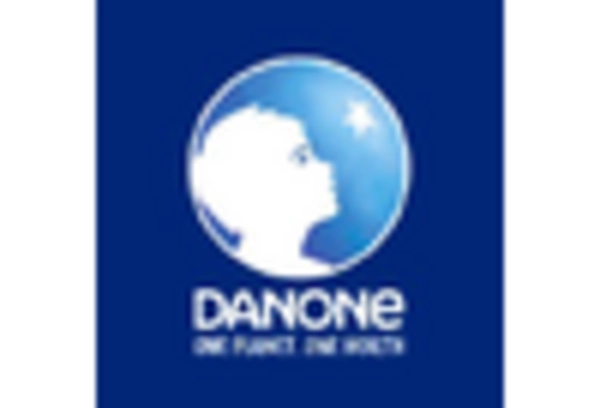
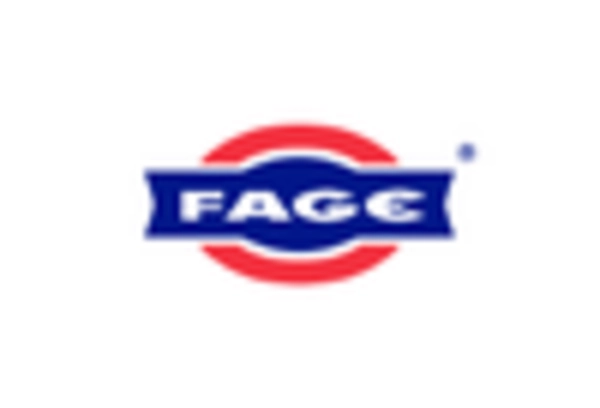
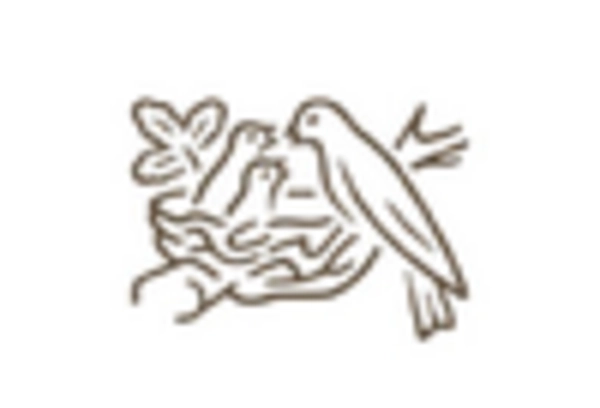
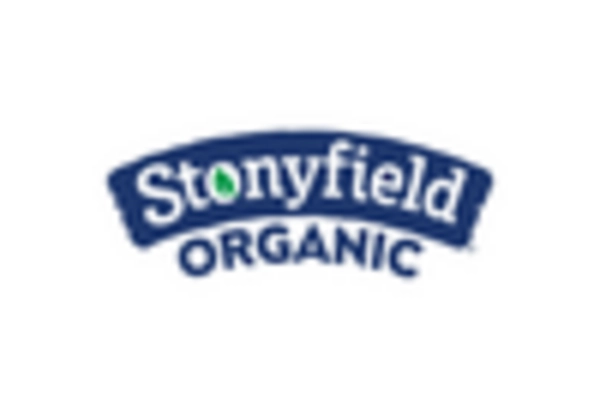
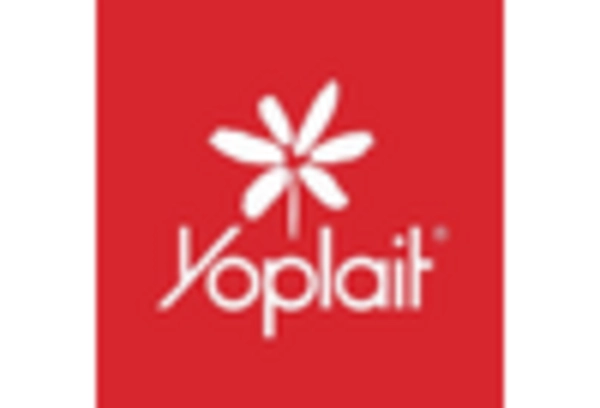








Leave a Comment